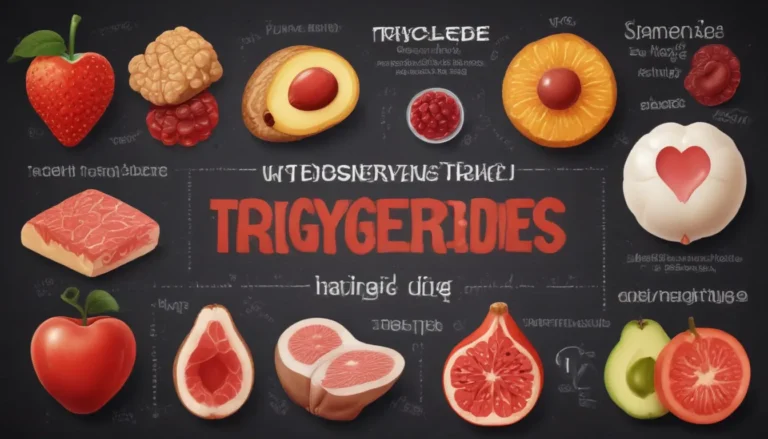A Note About Images: The images used in our articles are for illustration purposes only and may not exactly match the content. They are meant to engage readers, but the text should be relied upon for accurate information.
Welcome to the fascinating world of Crystal Field Theory, a fundamental concept in chemistry that unravels the mysteries surrounding transition metal complexes. In this article, we will delve into 20 mind-blowing facts that will enrich your understanding of this powerful tool. From the origins of the theory to its practical applications, get ready to embark on a journey of discovery within the crystal lattice!
Unveiling the Secrets of Crystal Field Theory
Crystal Field Theory (CFT) serves as a cornerstone in inorganic chemistry, offering valuable insights into the behavior and properties of transition metal complexes. By examining the interactions between metal ions and their surrounding ligands, this theory enables us to comprehend the magnetic, optical, and catalytic characteristics of these complexes, ultimately influencing their reactivity.
The Colorful World of Transition Metal Complexes
- Crystal Field Theory explains why transition metal compounds exhibit a variety of colors, shedding light on their unique optical properties.
- By analyzing the arrangement of ligands and d orbitals, CFT allows us to predict the absorption spectrum and stability of transition metal complexes, with practical implications across industries.
Unraveling the Origins of Crystal Field Theory
- In the 1930s, physicists Hans Bethe and John Hasbrouck van Vleck independently formulated Crystal Field Theory, revolutionizing the understanding of transition metal complexes.
- The ligands in CFT are treated as point charges, influencing the energy levels of the metal’s d orbitals and causing them to split into higher and lower energy sets.
Diving Deeper into Crystal Field Theory
- Crystal Field Theory delineates the distinction between high spin and low spin complexes based on the occupancy of d orbitals.
- CFT aids in predicting the magnetic properties of transition metal complexes, determining whether they are paramagnetic or diamagnetic.
Understanding the Phenomenon of Crystal Field Splitting
- Crystal field splitting refers to the energy disparity between the higher and lower energy sets of d orbitals, impacting the colors observed in transition metal compounds.
- CFT elucidates the stability of octahedral and tetrahedral complexes, showcasing the preference for certain geometric arrangements.
A Glimpse into Advanced Applications of Crystal Field Theory
- Crystal Field Theory can account for charge transfer transitions in transition metal complexes.
- Spectroscopic techniques offer experimental evidence for CFT predictions, confirming the electronic transitions and colors of transition metal complexes.
Unveiling the Practical Utility of Crystal Field Theory
- Although a simplified model, Crystal Field Theory elucidates various properties of transition metal complexes, such as their electronic structure and behavior.
- CFT is commonly used in coordination chemistry, offering a foundational understanding that underpins more advanced theories and models.
Embarking on a Journey of Exploration
Crystal Field Theory is a compelling concept that deepens our comprehension of transition metal complexes and their significance across diverse industries. By unraveling the impact of crystal field splitting on d orbitals, we gain insights into their behaviors, from coloration to magnetic attributes and optical phenomena. Whether you’re a chemistry enthusiast, a researcher, or a curious mind, Crystal Field Theory unveils a realm of knowledge waiting to be explored.
FAQs
Q: What is Crystal Field Theory?
A: Crystal Field Theory is a model that explains the electronic structure and properties of transition metal complexes by considering the influence of ligands on the energies of d-orbitals.
Q: How does Crystal Field Theory explain the color of transition metal complexes?
A: CFT elucidates the coloration of transition metal complexes by analyzing the absorption of specific wavelengths of light due to the crystal field splitting of d orbitals.
Q: What are the practical applications of Crystal Field Theory?
A: Crystal Field Theory finds applications in materials science, pharmaceuticals, and catalysis, shaping the design and optimization of materials and processes.
In Conclusion
Embark on a captivating journey through the realm of Crystal Field Theory, where the intricacies of transition metal complexes come to life. With each fact uncovered, a deeper understanding of electronic structures and properties emerges, unveiling the profound impact of CFT in various fields. Let curiosity guide you as you delve into the astounding world of chemistry and discover the wonders hidden within the crystal lattice.






